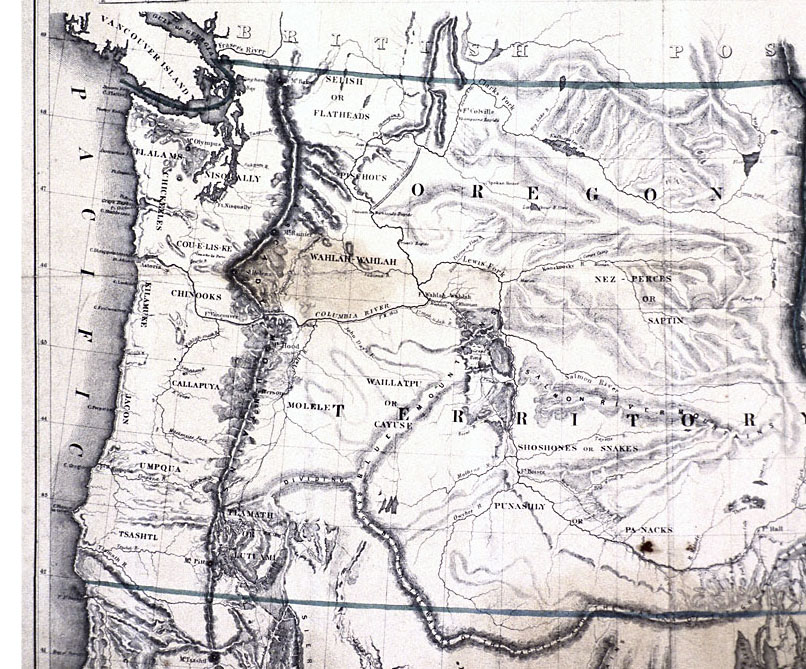This Land, Oregon, a narrative history of Oregon, is written by one of the Pacific Northwest’s most respected scholars. William G. Robbins is Emeritus Distinguished Professor of History at Oregon State University and the author of many books on Oregon and the Pacific Northwest, including Hard Times in Paradise: Coos Bay, Oregon, 1850-1986 and Landscapes of Promise: The Oregon Story, 1800-1940. Robbins tells the story of Oregon by identifying important themes and questions for readers to consider, providing foundation for the other narratives that are part of the Oregon History Project.
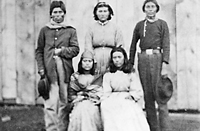
Modoc Indians after being relocated to Oklahoma, c. 1873
The places and stories that became Oregon had their beginnings amid cataclysmic volcanic eruptions, basalt lava flows, and powerful floods that shaped and reshaped the Columbia River landscape. The archaeological record places humans in Oregon …
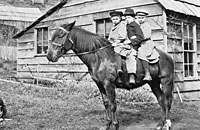
Tillamook County
When John McLoughlin visited the Willamette Valley in 1832, he remarked that it deserved “all the praises Bestowed on it as it is the finest country I have ever seen.” Bounded by the Coastal Range, …
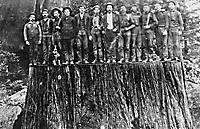
Logging Redwoods in Curry County
As symbols of the Industrial Revolution, railroads were powerful centralizing and dispersing mediums, concentrating populations in urban areas while also scattering people and communities across Oregon. Railroads also represented outside capital, with distant investors buying …
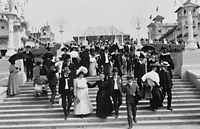
Grand Stairway Lewis and Clark Expo, 1905
Before the railroad reached Puget Sound, nearly all trade from the Columbia Basin was channeled through Portland, the region's leading seaport and reputedly one of the wealthiest cities of its size on the West Coast. …
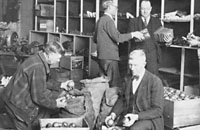
Commodities Collected for Unemployed, 1922
Along with the rest of the nation, Oregon fell on hard times during the 1930s. Bank failures, bankruptcies, business foreclosures, and high unemployment worsened conditions in the region’s struggling agricultural and lumber sectors.
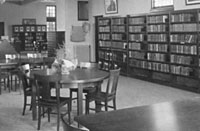
Reading Room North Portland Branch Library P2002
Nineteenth-century Oregonians had access to a wealth of newspapers and journals, many of which served as regional forums for political invective and to plead special causes. Beginning its brief tenure as a biweekly in 1846, …
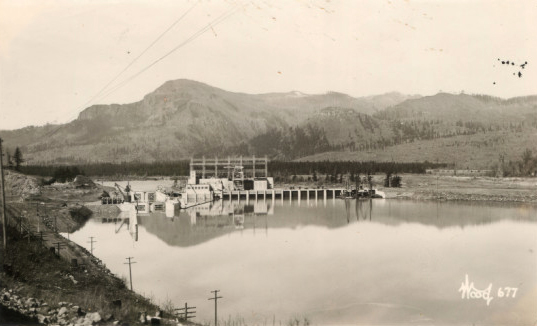
Bonneville Dam, c. 1938
If there is a significant moment that marks the onset of the modern age, it may be August 6, 1945, the day an American B-29, the Enola Gay, dropped a five-ton uranium bomb known as …
